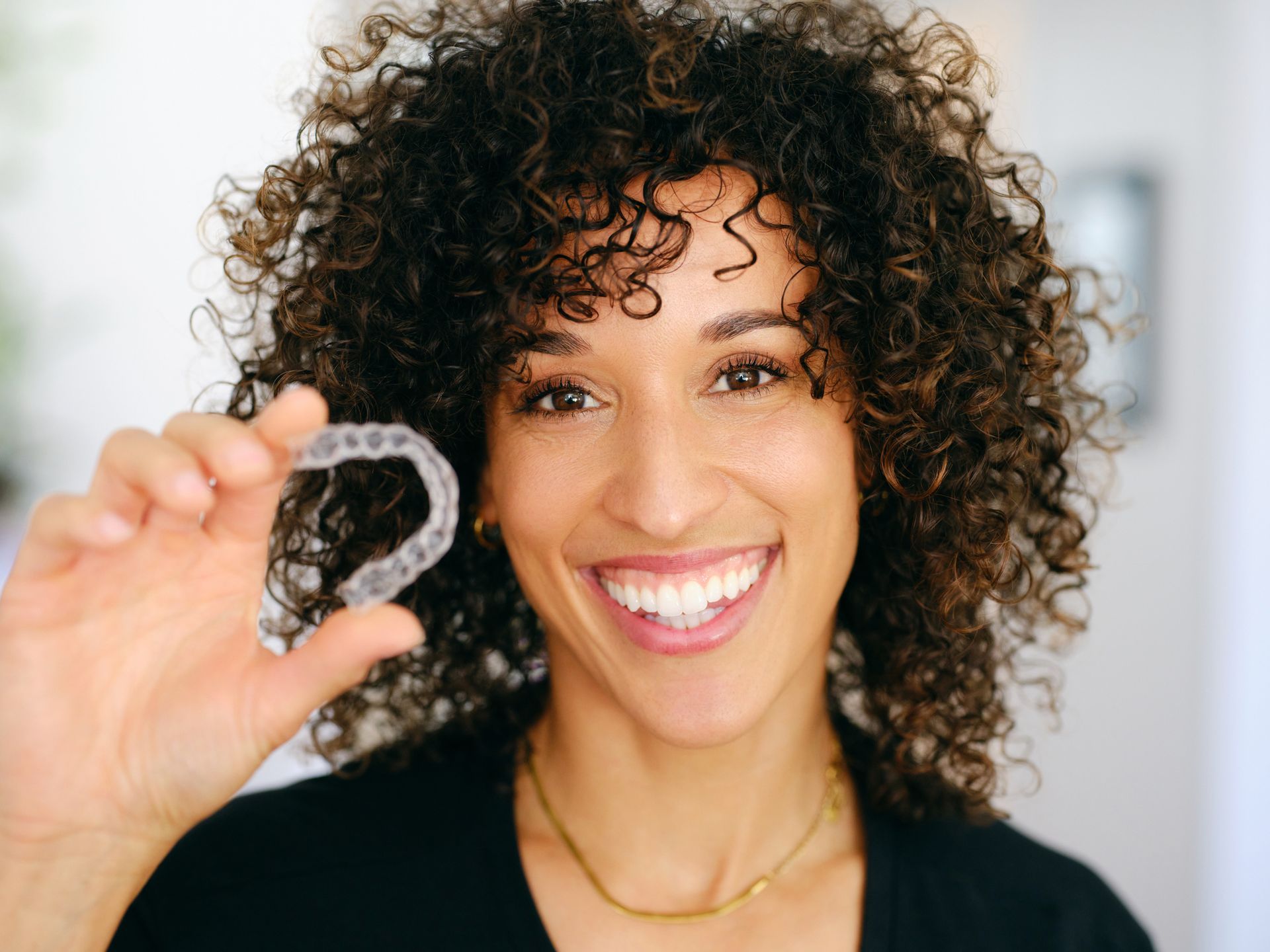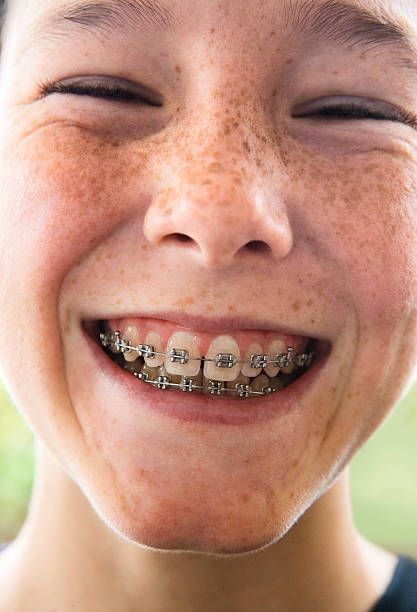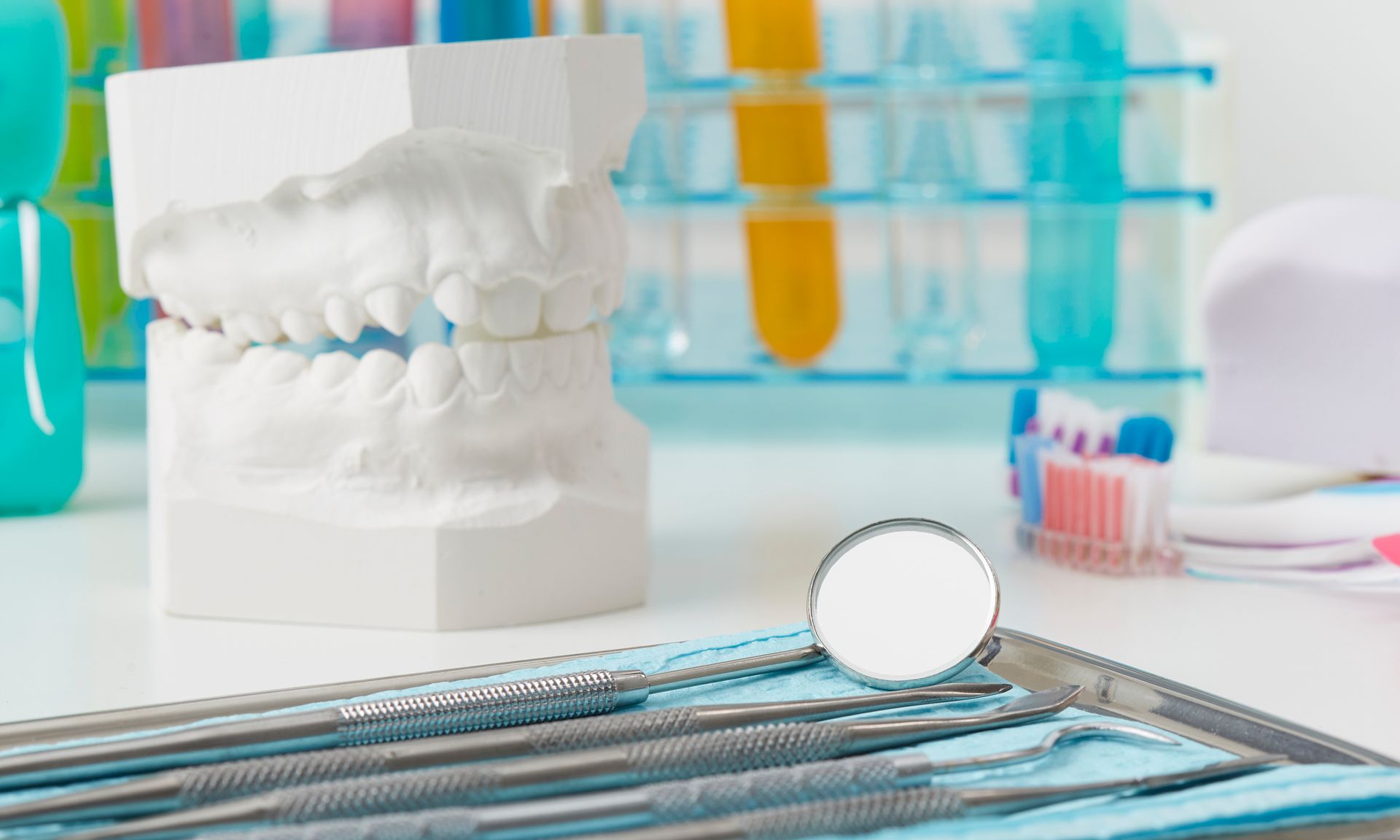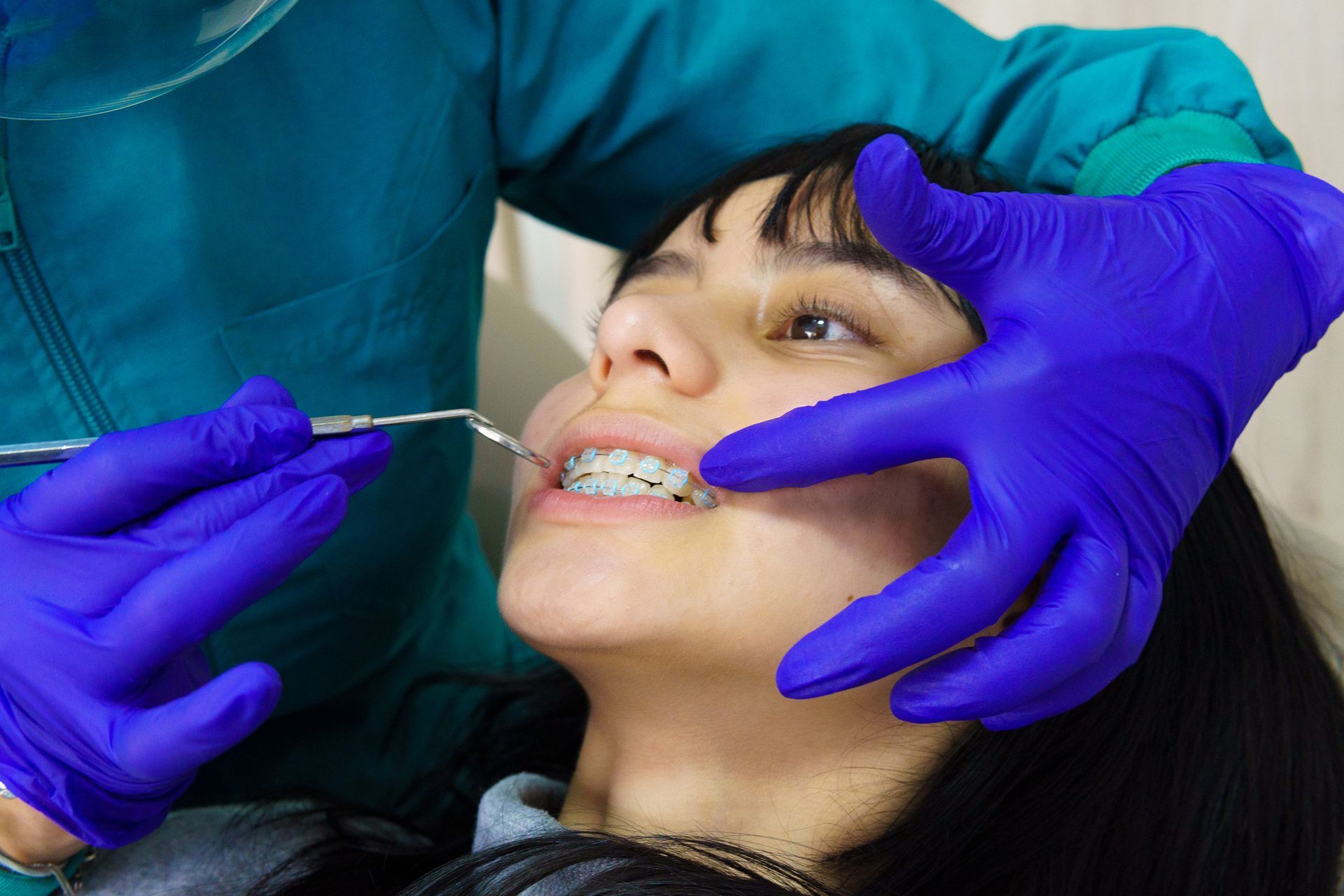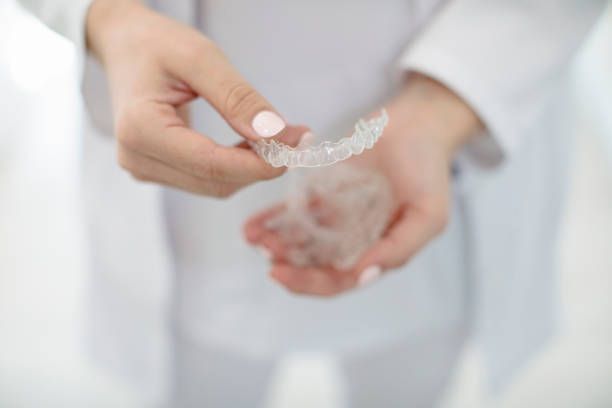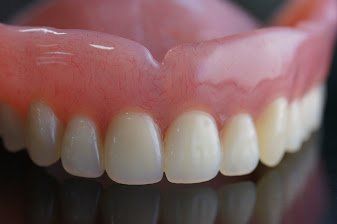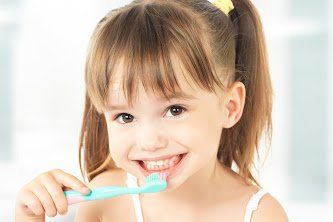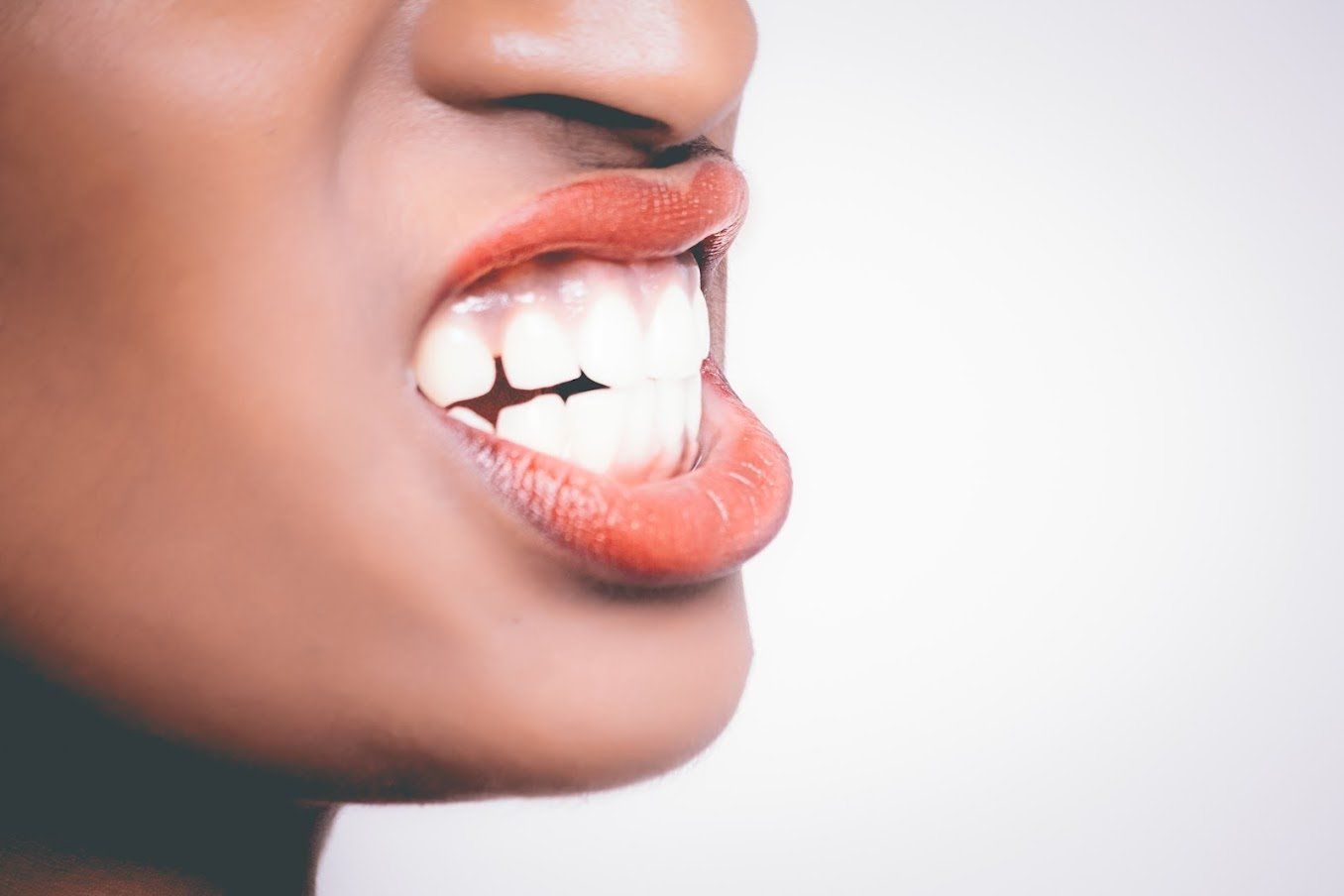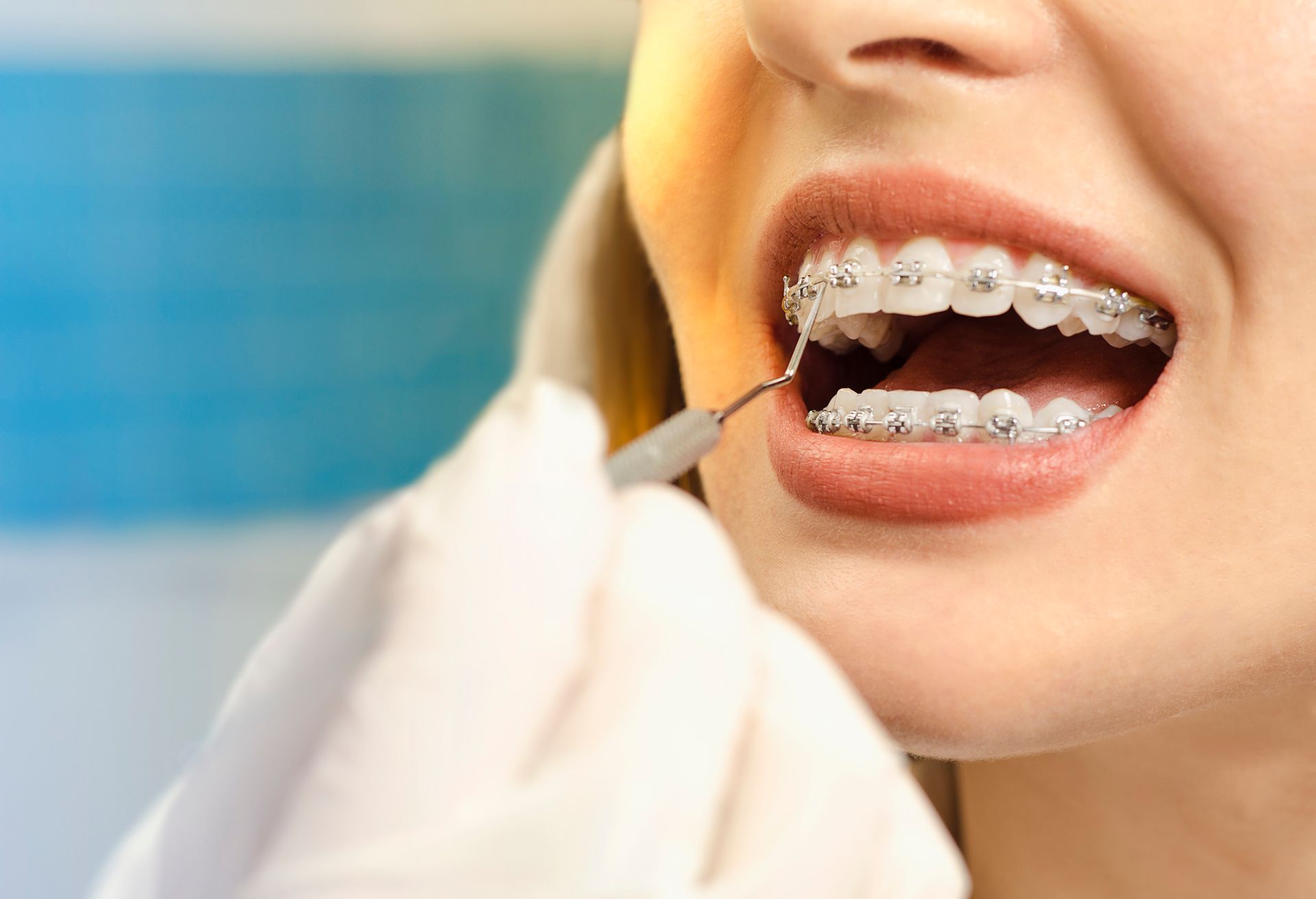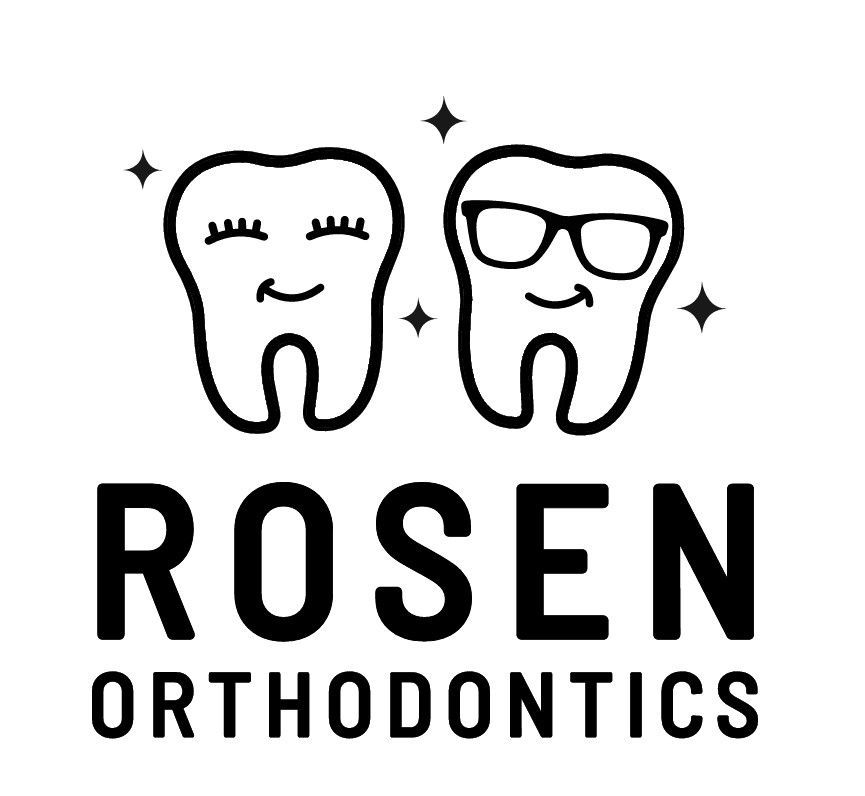5 Common Treatments and Devices Your Child May Need for Braces
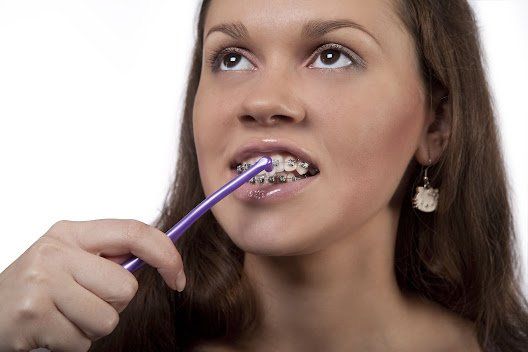
Braces have been used for a long time to help straighten teeth. However, to ensure treatment provides the best results possible, other treatments and devices may be needed before or after the braces are installed. If your child is going to need braces and you want to learn more, keep reading.
1. Oral Health Evaluation and Restoration
Braces work by slowly shifting teeth into a new, desirable position. However, this means there is continuous pressure applied to the teeth. If your child has weak spots from existing decay, you’ll need to treat that first. If the decay is severe enough, it could reach the tooth’s pulp and will eventually require root canal treatment.
Besides affecting the teeth, braces also affect the gums by putting pressure on them, so you’ll want to ensure your child’s gums are also healthy. Unhealthy gums could lead to unhealthy teeth.
Finally, brushing with braces can initially be difficult, but even with good brushing and flossing, some food particles may stay behind. For this reason, you also want to ensure your child has healthy, strong enamel before getting braces.
The take home message is that orthodontic treatment should only begin once the teeth and gums are healthy so that existing problems are not made worse.
2. Tooth Extraction
Most adults grow 32 teeth, including eight incisors (front teeth), four cuspids (canines), eight premolars (between the cuspids and molars), and 12 molars (the back teeth). Thanks to changes in the human diet over the years (along with many other factors!), many people need to have the last molars, or wisdom teeth, removed because there isn’t enough room for them to fit in the mouth comfortably.
These teeth, however, don’t erupt until your child is about 18. Depending on the situation, however, the dentist or orthodontist may recommend removing these before they erupt and before braces are installed.
In some cases, other teeth need to be removed for the braces to fully work. If these teeth aren’t removed, they can hinder progress or make the altered smile look less than stellar.
3. Palatal Expansion
One way to add more space for teeth to better fit is with a palatal expander. These devices work by slowly spreading the upper palate to make the mouth wider (we have a whole blog post about it!).
With a palatal expander, your child may not need to have teeth extracted if the crowding is due to having a small upper jaw. They are also beneficial if your child has a crossbite. A crossbite is a type of malocclusion in which the upper teeth sit inside the lower teeth. Any malocclusion can lead to future issues such as poor function or esthetics.
4. Spacers
Your child may need spacers before braces. Spacers are small rubber rings inserted between some of the molars for a short time before your child gets the braces. These create a small space between the teeth, providing space for certain types of braces, called bands, to attach. In some cases, your child may have enough space between their teeth, and they won’t need a spacer. In some cases they may not need spacers or bands at all.
5. Retainer
Your child will need to wear a retainer after the braces are removed. Retainers help keep the teeth in their new position. The orthodontist will instruct your child to wear a retainer constantly (except when eating and brushing) for a short period of time (usually several months). After that, however, orthodontists recommend wearing the retainer every night indefinitely to prevent the teeth from shifting back to their old position.
Braces can help straighten teeth, but your child may need a little extra help to ensure they get the best results possible. To learn more about braces or to schedule an appointment, contact us at Rosen Orthodontics today!

